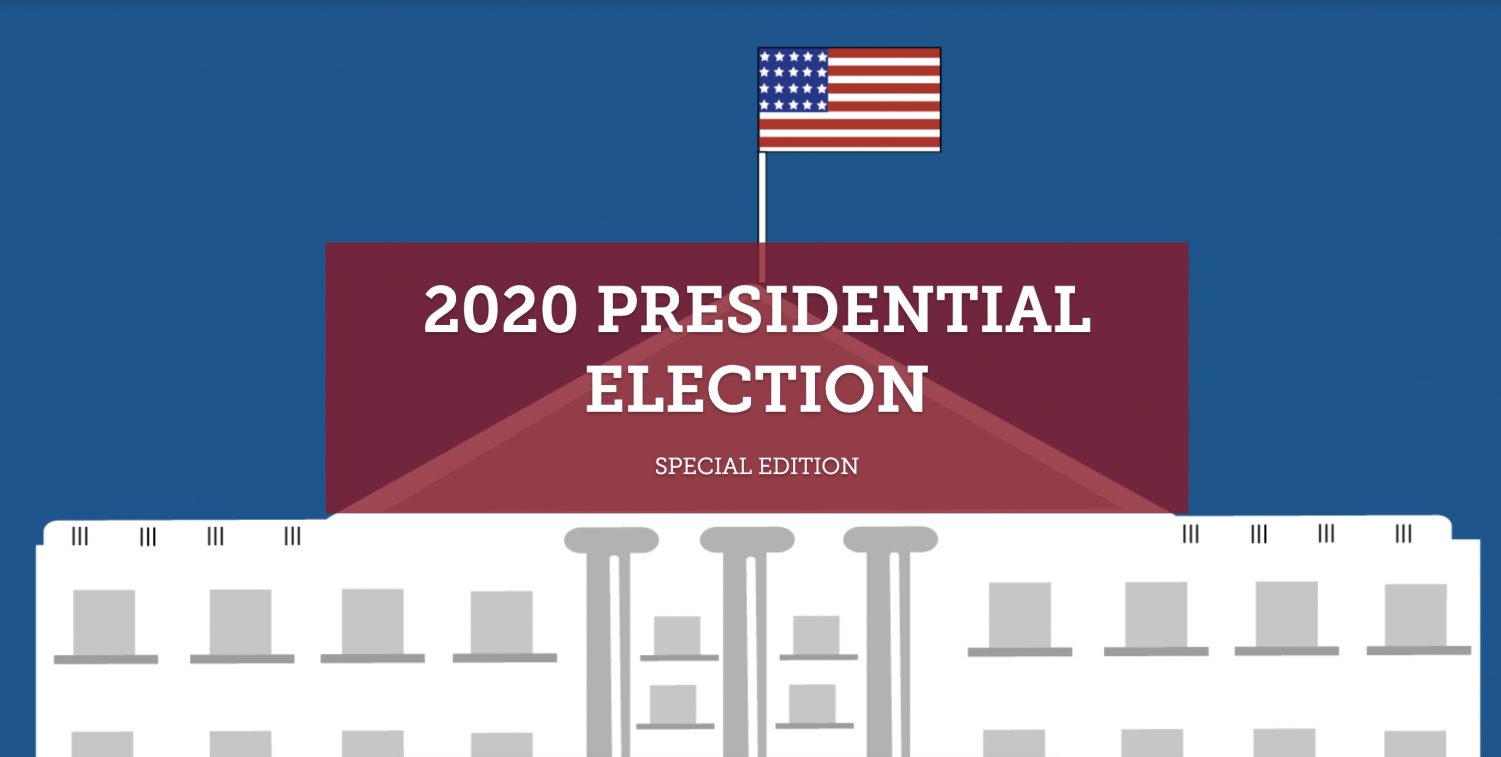In the Pennsylvania House Special election at the end of April, Democratic candidate Conor Lamb pulled off what was deemed a political masterpiece in beating Republican Rick Saccone in a traditionally Republican district. Lamb ran a well-messaged campaign focusing on a set list of issues including affordable health care, increase in job creation and infrastructure improvement. He purposefully steered clear of the drama surrounding President Trump and his legal troubles regarding his campaign’s possible coordination with Russia which, according to Bloomberg, a news publication.
However, Lamb also pulled what seemed to be a risky political move, attacking Democratic Minority Leader Nancy Pelosi, and vowing that he will not support her in her bid for Speaker of the House in the fall.
Lamb, however, is not the only candidate who has taken this position: about a dozen Democrats running in House primaries have also said they will oppose Pelosi as speaker, advocating for fresh, young leaders across the party. This follows a pattern of progressive candidates beating out moderate, more traditional incumbents in Democratic primaries.
Though they have been able to inspire younger voters to head to the ballot box, progressive candidates will find it hard in a general election to attract undecided Republicans and independents, who are looking for a moderate, centrist candidate who appeals to them. To understand why progressive candidates are a growing trend, we must look back to the 2016 Democratic Presidential Primary, where Hillary Clinton opposed progressive Bernie Sanders, in what was a significantly more consequential race than most would have expected. Though Clinton won the party’s endorsement, it was not without a fight from Sanders.
Sanders ran a grassroots campaign without the backing of super-PACs and traditional party donors. Instead, he relied on donations averaging approximately $27 from voters. Ironically, Sanders’ message was similar to his Republican counterpart. However, unlike Trump, he focused on meeting the needs of young people and immigrants who felt the consequences of rising inequality in the U.S. Large banks were construed as selfish institutions, controlled solely by the rich and powerful.
While running, Sanders addressed the growing pay gap between CEOs and employees, the tax breaks corporations have received and financial regulators asleep at the wheel. Clinton could not distance herself from Bernie Sanders.
Having controversially given pricey speeches to Goldman Sachs, she was labelled as an elitist and a one-percenter. This stripped her ability to use that very argument against Trump in the general election unless she wanted to be smeared as a hypocrite by the media and her opponent.
Ultimately, Hillary lost her general election campaign to now President Donald Trump. Although many have questioned the cause of her defeat, the majority of political commentators sight her inability to connect with blue-collar voters as the final nail in her political coffin. Democrats, like myself, have advocated for the Democrats to return to our roots, to the moderate stances that won us White House in the 90s under the command of Bill Clinton. We must not stray left and become overly progressive on policy stances, and allow new candidates to reject Nancy Pelosi, one of the most competent leaders in modern history. In order to secure a majority in the House this fall, we must get behind her.







Nancy Grote • Jun 4, 2018 at 12:22 am
Excellent argument about staying slightly to the left of center so as not to lose moderates and those undecided – we’ll- done!!